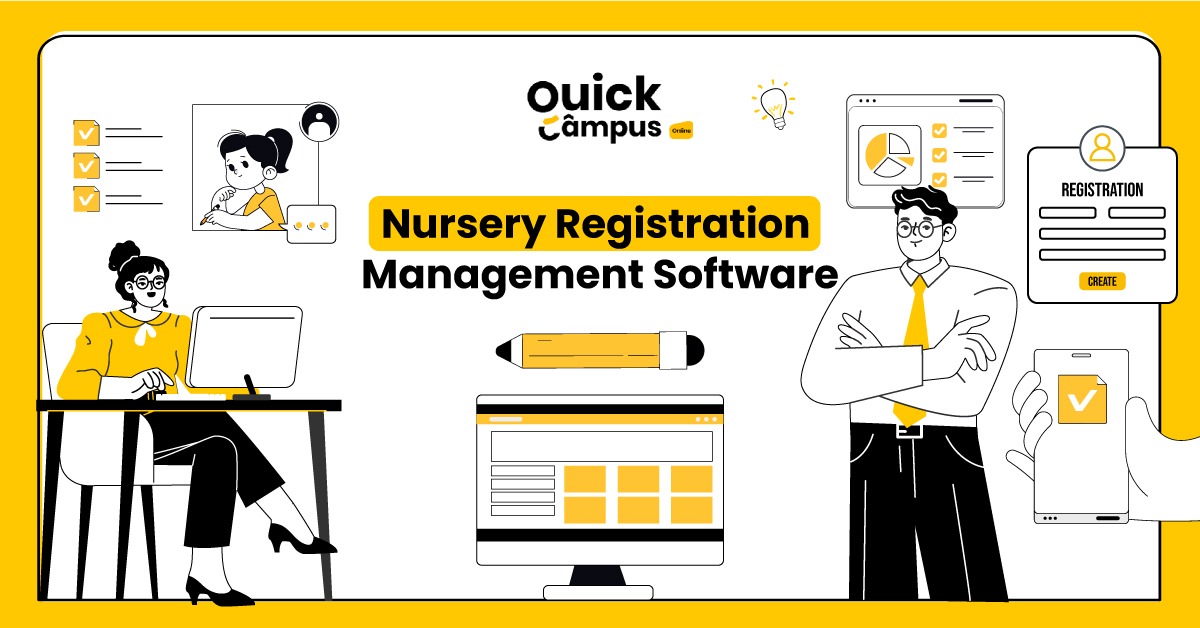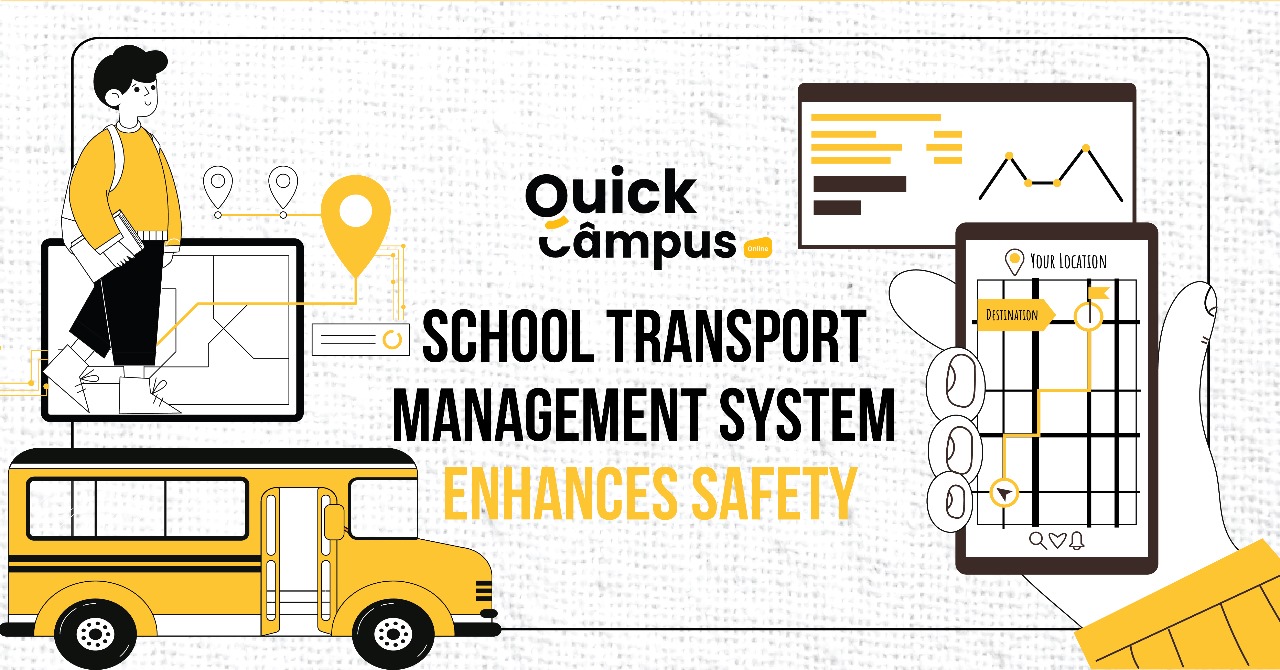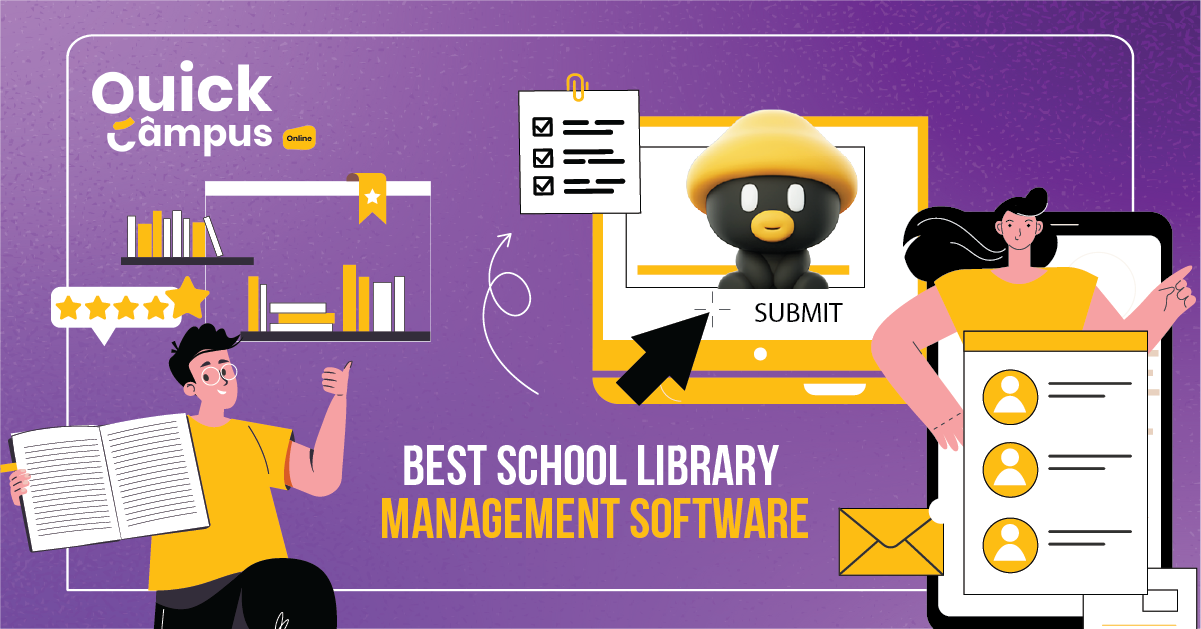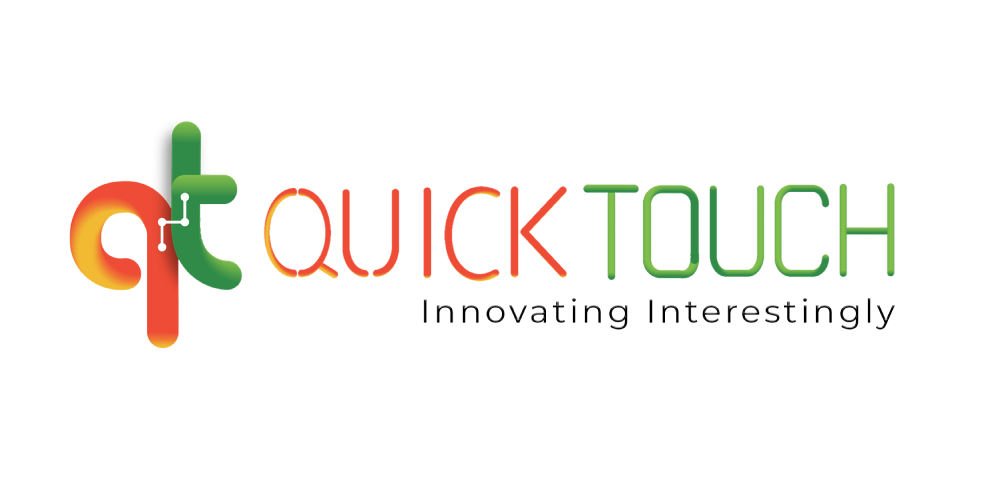Understanding The Core Principles Of Curriculum Development
The curriculum is like a recipe for learning, with each ingredient carefully chosen to help you grow and learn. It’s like a map that shows you where you’ve been and where you’re going, guiding you toward discoveries and exciting opportunities.
The curriculum design is essentially a plan that teachers use to guide students’ learning and development. It serves as a blueprint for your education, outlining what you will learn and how you will learn it. So get ready to embark on an exciting journey of exploring the wonderful opportunities that the curriculum has in store for you.
What Is the Curriculum?
Curriculum is everything you learn in school—like subjects, topics, and activities. It’s a plan made by teachers to decide what you’ll study and how you’ll learn it. It’s like a roadmap guiding your educational journey.
What Is Curriculum Development?
Curriculum development is like building and improving the courses taught in schools, colleges, and universities. While each place has its way of doing it, the main steps are usually analysis, design, implementation, and evaluation.
Curriculum means the specific lessons and stuff you learn in school. But curriculum development is about making those lessons better. People use different methods like looking at what’s needed, setting goals, choosing how to teach, picking tests, and having groups to plan and check the curriculum.
So, it’s all about ensuring the curriculum is good and helps students learn better.
Elements Of The Curriculum
Here are the elements of curriculum development broken down into simpler terms:
Analysis
It is like figuring out what’s needed and what students should learn. It’s about looking at what’s already there and deciding what should be added or changed.
Design
Designing the curriculum is like creating a plan. It’s about deciding what subjects to teach, what topics to cover, and how to teach them in the best way.
Implementation
Putting the curriculum into action involves teaching the lessons, using materials, and doing planned activities.
Evaluation
Evaluation is like checking to see if the plan worked. It’s about looking at how well students learned, what worked well, and what could be improved for next time.
Types Of Curriculum Development Model
Here are the major types of curriculum models:
Learner-Centered Design
In learner-centered design, teachers focus on the idea that every student is different. They give students a chance to take charge of their learning by providing opportunities for independent work but still guide them along the way.
There are four essential parts of learner-centered design:
1. Context: It means that classroom activities should relate to the real world, helping students see how what they’re learning applies to their lives.
2. Construction: Students should connect what they’re learning with their own experiences and what they already know.
3. Collaboration: Teachers create an environment where students work together, like through group projects or discussions, so they can learn from each other.
4. Conversation: Teachers use exercises to help students improve their communication skills.
Subject-Centered Design
Subject-centered design is a more traditional way of thinking about curriculum. Instead of focusing on individual students, it focuses on specific subjects or topics. During curriculum development, there are four different ways this can be done: subject-area design, discipline design, broad-field design, and correlation design.
Problem-Centered Design
Problem-centered design is all about helping students become better problem solvers. Teachers give students tricky situations to solve, which helps them develop their thinking and communication skills. It’s like giving them puzzles to figure out.
Process Of Curriculum Development
The process of developing a curriculum involves six stages:
Stage 1: Understanding the educational needs
Stage 2: Setting objectives and learning goals
Stage 3: Choosing the correct activities to achieve these goals
Stage 4: Picking valuable content for teaching
Stage 5: Organizing and combining activities with relevant content to make learning effective
Stage 6:Evaluating each stage accurately and on time.
Principles Of Curriculum Development
The principles of curriculum are the guiding beliefs, values, and philosophies that benefit teachers, students, and the entire education system. Curriculum and instructional strategies are crucial for imparting knowledge to students.
1. Principle Of Totality Of Experiences
It’s important to understand that curriculum isn’t just about academic subjects taught in schools. It also includes all the experiences students gain through various activities, both in and out of the classroom.
2. Principle Of Child-Centeredness
Instead of sticking rigidly to a set curriculum, teachers should consider the interests, motivations, and needs of each child when planning lessons. They should aim to enrich students’ interests through curriculum activities.
3. Principle Of Conservation And Creativity
While developing a curriculum, it’s essential to include subjects and experiences that preserve cultural responsiveness. The curriculum should also be flexible and adaptable to changing educational trends and student needs.
4. Principle Of Integration
The curriculum should be designed to incorporate different subjects at different stages of education. Subjects should also be integrated to help students make connections between different areas of learning.
5. Principle Of Flexibility
A good curriculum should be flexible and dynamic, able to meet the needs of individuals and society. Regular updates and modifications ensure that the curriculum stays relevant and aligned with educational goals.
6. Principle Of Utility
The curriculum should include content that is useful to both individuals and society. It should provide valuable knowledge and skills that students can apply in their lives.
7. Principle Of Character Formation
The curriculum should not only focus on academic knowledge but also on developing students’ character and personality. It should help shape students into responsible and ethical individuals.
8. Principle Of Mental Discipline
The curriculum should aim to develop students’ cognitive abilities through various training and practice methods.
9. Principle Of Social Fulfillment
Education should provide students with well-rounded development, including social skills and awareness. The curriculum should incorporate aspects of social life to help students become engaged and responsible citizens.
Final Words
In simple terms, the principles of curriculum development are like guiding lights that help teachers create better ways for students to learn. They remind us to think about what students need, how to make learning fun and useful, and how to help them grow into good people. By following these principles, teachers can ensure that school is a place where everyone can learn, grow, and succeed.












